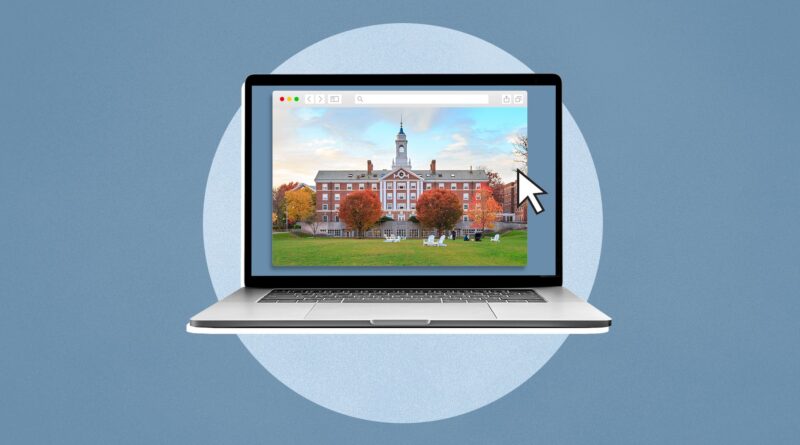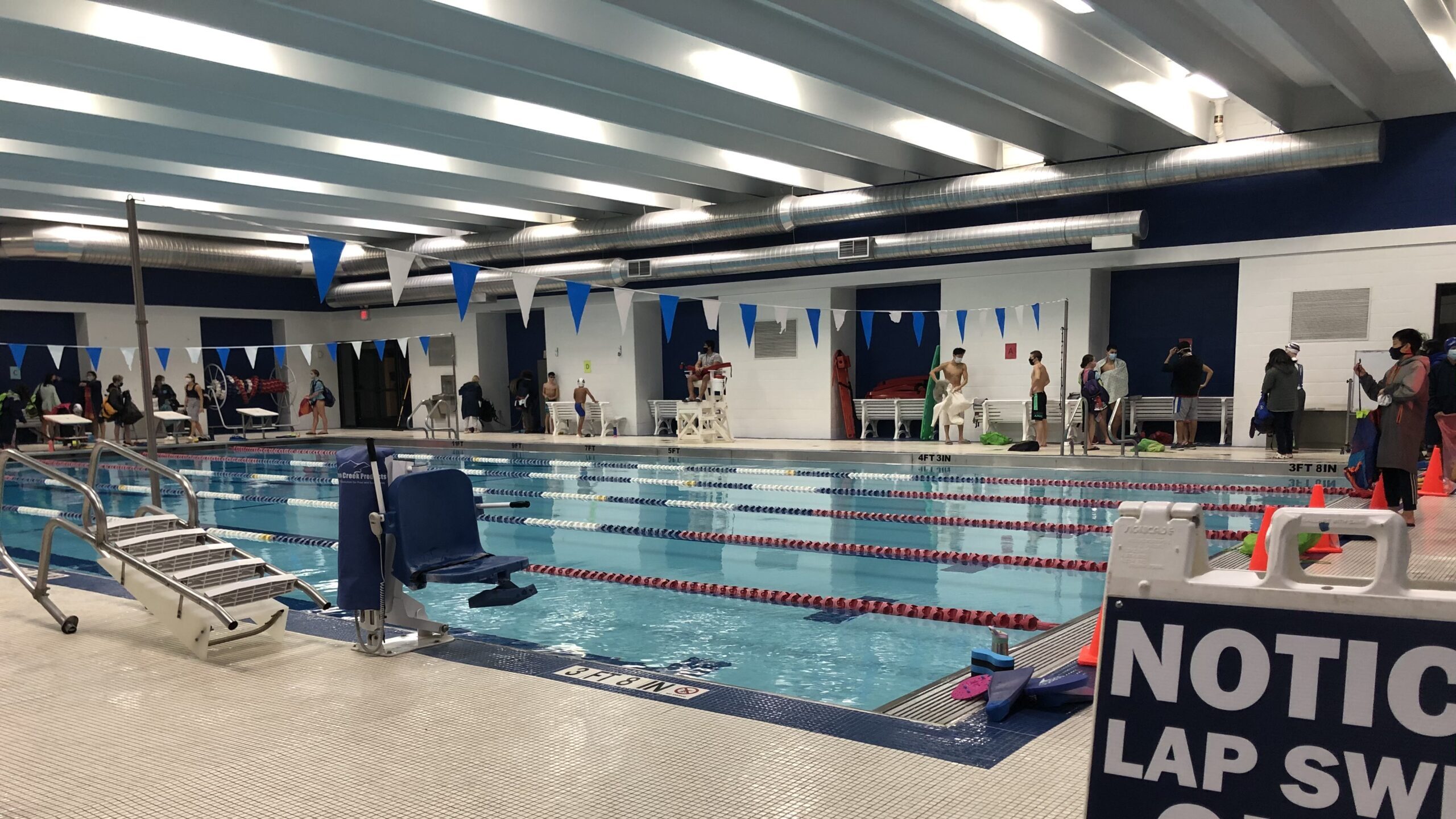Virtual vs. In-person College Visits
Due to COVID guidelines, the college application process has changed drastically this past year. Getting information about colleges and deciding which one you want to go to has become increasingly more difficult as well. Luckily, most colleges have adapted, offering adjusted in-person visits and virtual college tours. But which is better? How helpful are they? Is this going to become an option for future high school students after COVID?
In-person College Visits
Over the summer, I visited three colleges: St. Mary’s College of Maryland, University of Maryland Eastern Shore (UMES), and Salisbury University. I had to sign up for a slot to visit their campuses on each college’s website, just so they know who’s going to be there and at what time. I also had to list the amount of people that were coming with me, and it was usually limited to one person (my mom) for a lesser COVID risk. I had a decent amount of trouble with scheduling these visits; my summer schedule was pretty busy, and there weren’t many open slots to visit unless I was planning for a visit months in advance. I was supposed to visit a lot more colleges than I was actually able to.
I was able to get an actual tour at Salisbury, and I suspect that’s the reason why it’s my top college. For older campuses (like UMES), if you’re unable to get an actual tour or if they don’t offer them, I think you’re really unlikely to gain an interest in the college, because most of the buildings are just flat-out ugly, so your only impression of them isn’t very high.
My tour at Salisbury was what I imagined any normal college tour was like—walking around with a college student who explains what different buildings are, what general student life is like, how the food is, etc. The only difference I could tell was the requirement to have masks indoors. I kept mine on when we were outside anyway because that’s what I was comfortable with, but the entirety of the small group I toured with didn’t.
St. Mary’s and UMES did not have normal tours, but they did have self-guided tours. However, there’s only so much you can gain by walking around the campus and getting a feel for the atmosphere, instead of getting in-depth information about the buildings and college life. Most of the self-guided tours are missing information about many buildings; they’re not nearly as thorough as actual tours are. You’re also unable to go inside nearly all of the buildings on self-guided tours, so the information you get from the visit is rather limited.
Driving to these colleges takes a while and going in person just takes up a ton of time, too. I had to clear my entire schedule and just make a day trip out of each visit. I’ve only been looking at state colleges, so I haven’t had to travel extremely far, but even so, physically going to each college is very time consuming. Even if you can usually count on getting more information by visiting a college in-person rather than virtually, it’s definitely more of a hassle, but I’d still say it was plenty worth it.
Virtual College Visits
In-person college visits are a great option if you have the resources. But, if you’re short on money or time, or just aren’t ready to dedicate yourself so heavily into a school, virtual college visits are a great option.
Beginning my college search journey, I relied heavily on virtual college visits for one main reason, getting a general feel for the school’s academics, extracurriculars, and career opportunities. I know they are technically “college visits,” but for the most part, they were information sessions that summarized facts and figures from the school’s website that were readily accessible to me—stuff like size, majors, clubs, and admissions requirements. However, if you are looking to not have to go digging and scrolling through pages and pages of information, these information sessions serve as a great TL;DR version.
Usually, they were Zoom webinars that lasted about an hour (30-40 minutes of an admissions representative talking and 20-30 minutes for a Q&A at the end). For many of these, I did have to register in advance, and because everyone was doing everything virtual at the time, these sessions filled pretty quickly. Luckily, many schools offer these sessions multiple times a week at a continuous rate, and some even post the recordings so you can watch on your own time.
But, if you’re looking at a school that puts a lot of effort into the virtual college visits process, you may be getting a lot more than just a website summary. Some of the schools I was looking at had actual virtual tours. Either it was just a video of a tour guide taking you through the highlights of campus, or (super fancy) an interactive where you could tour campus yourself and look around. This is a great option if you want to get a general idea of the school’s architecture, campus layout, or building features.. or if you just wanted to see that one building and not put hassle into traveling there in-person. Unfortunately, it’s hard to get a true feel for the size of the campus and imagine what it’s like when it’s populated with students.
However, if I am going to praise virtual college visits for one thing, it’s how easily accessible it makes talking to enrolled students. They say the best way to get to know a school is to ask it’s students. When I was looking at the University of Chicago and the University of Pennsylvania, they both had similar “student chat” hours, where prospective students could talk to current students (usually those part of a group associated with admissions, but sometimes volunteers). These sessions had no adult admission reps attending, so it was probably the most raw, unfiltered description of a school you’ll get (well, second to just walking up to someone on campus and asking them in-person). My favorite question to ask is “what are some things you don’t like about your school?” Here is also a great place to ask about student life, like what are campus traditions, which dining hall has the best food, or where half the student body will be on a Friday night.
Both college visit options offer their unique benefits. Virtual visits may offer more information, while in-person visits give you the best glimpse of where you’ll be spending your next two to four years. If you have the ability to see your prospective campus, it’s a great opportunity to take. But, don’t stress if you can’t: virtual visits can still get you prepared.




